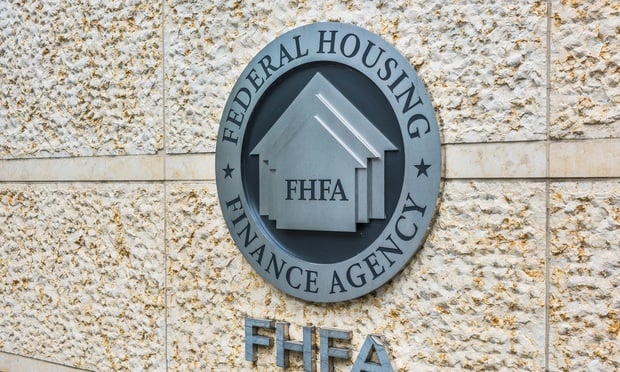First, though, a definition is in order. Jones Lang LaSalledefines trophy building as any property that can garner rents of$65 per sf or higher, John Sikaitis, research director andco-author of the report, tells GlobeSt.com. In the District, thereport says, there are 31 existing buildings that meet thiscriteria, with an additional seven buildings spanning 1.8 millionsf under construction.
"There are other factors as well, such as location or amenitiesin the building. However given the rent hikes of the last few yearswe felt we had to include rent in the definition as well," he says,adding that examples of trophy buildings in the District include1101 New York Ave. and 51 Louisiana Ave. Examples of two enteringthe pipeline, are 1999 K St. and 901 K St., both of which justbroke ground.
Currently there is about 82,000 sf of available trophy space inthe District, out of a total of 10.8 million sf of trophy spacethat exists in DC's core office market, Sikaitis says. The vacancyrate is less than 1% in other words--or 0.8%. Thus these buildingsare able charge significantly higher asking rates, from $65 per sffor existing buildings to an average of $75 per sf, when thebuildings in the pipeline are taken into account.
Continue Reading for Free
Register and gain access to:
- Breaking commercial real estate news and analysis, on-site and via our newsletters and custom alerts
- Educational webcasts, white papers, and ebooks from industry thought leaders
- Critical coverage of the property casualty insurance and financial advisory markets on our other ALM sites, PropertyCasualty360 and ThinkAdvisor
*May exclude premium content
Already have an account?
Sign In Now
© 2024 ALM Global, LLC, All Rights Reserved. Request academic re-use from www.copyright.com. All other uses, submit a request to [email protected]. For more information visit Asset & Logo Licensing.








